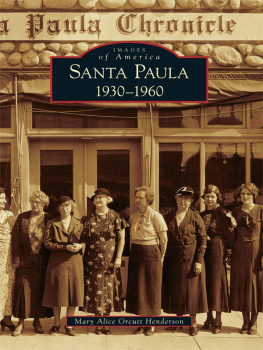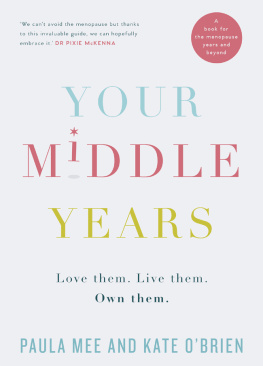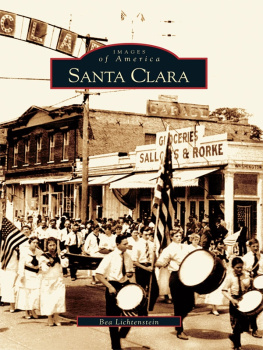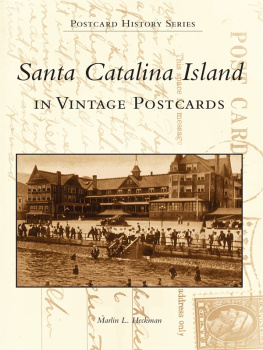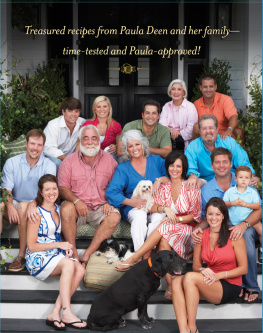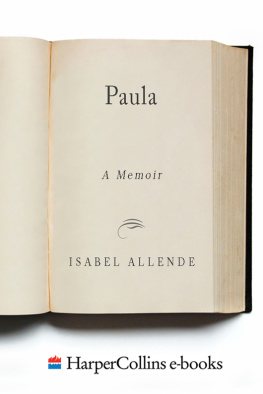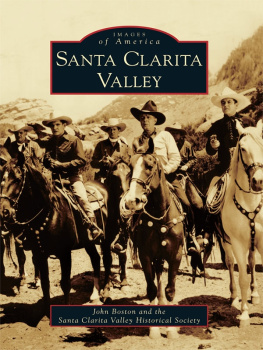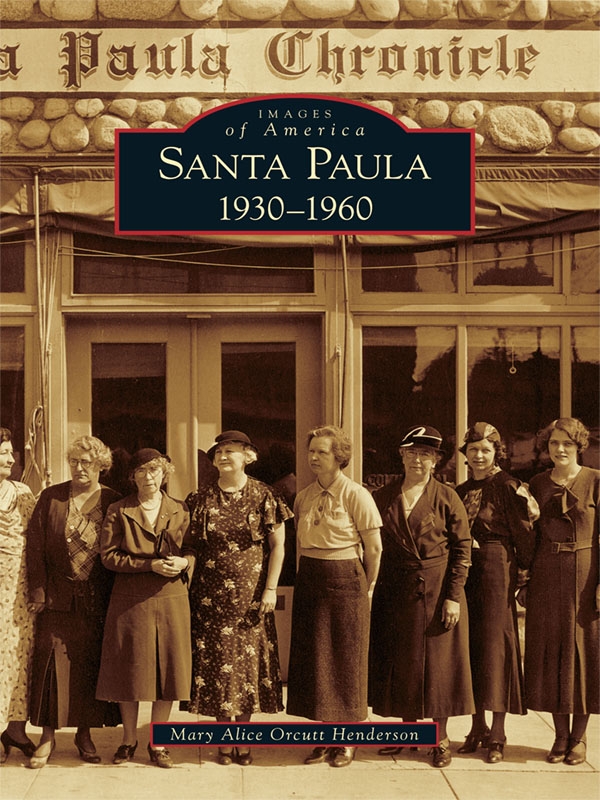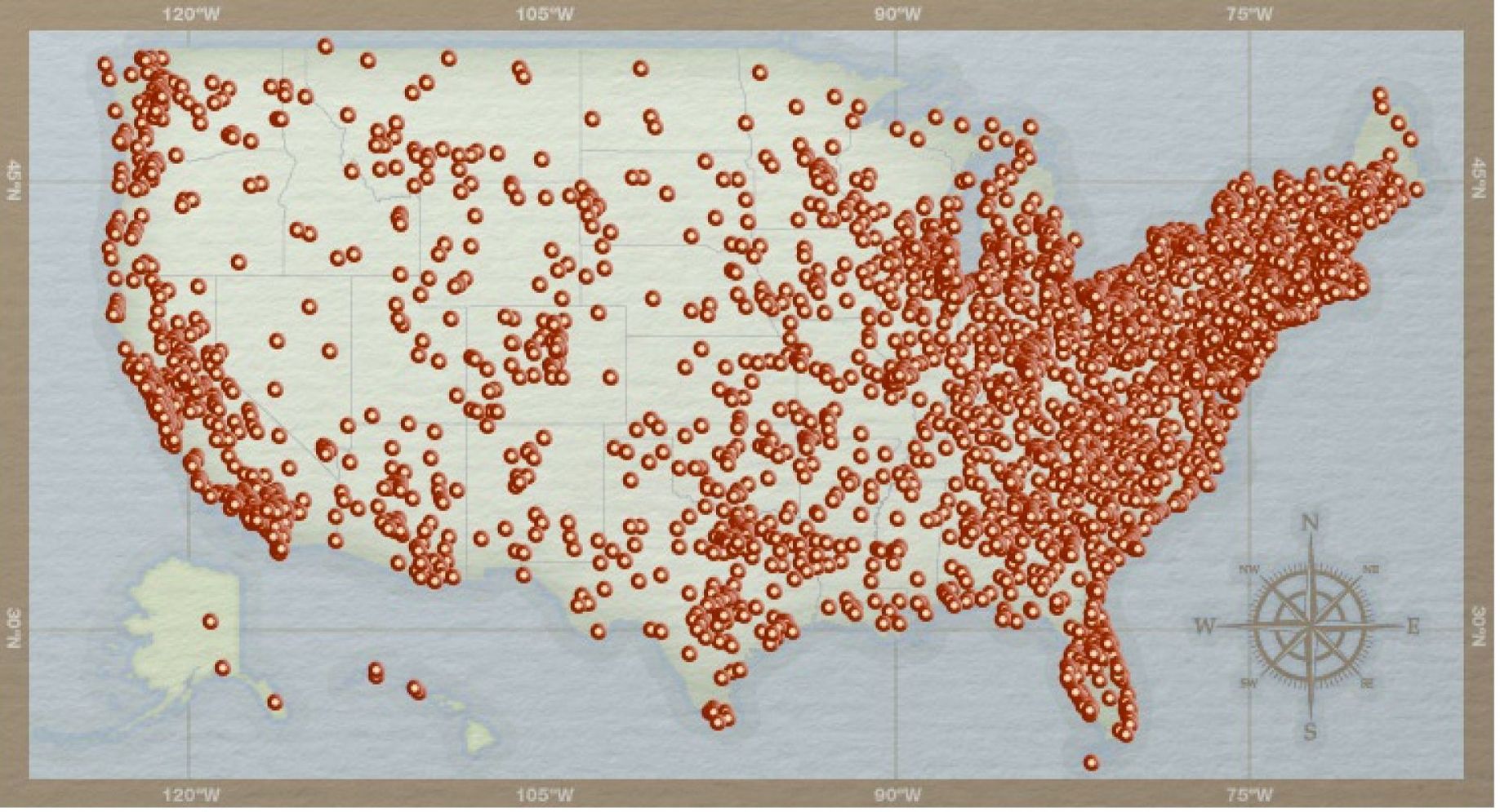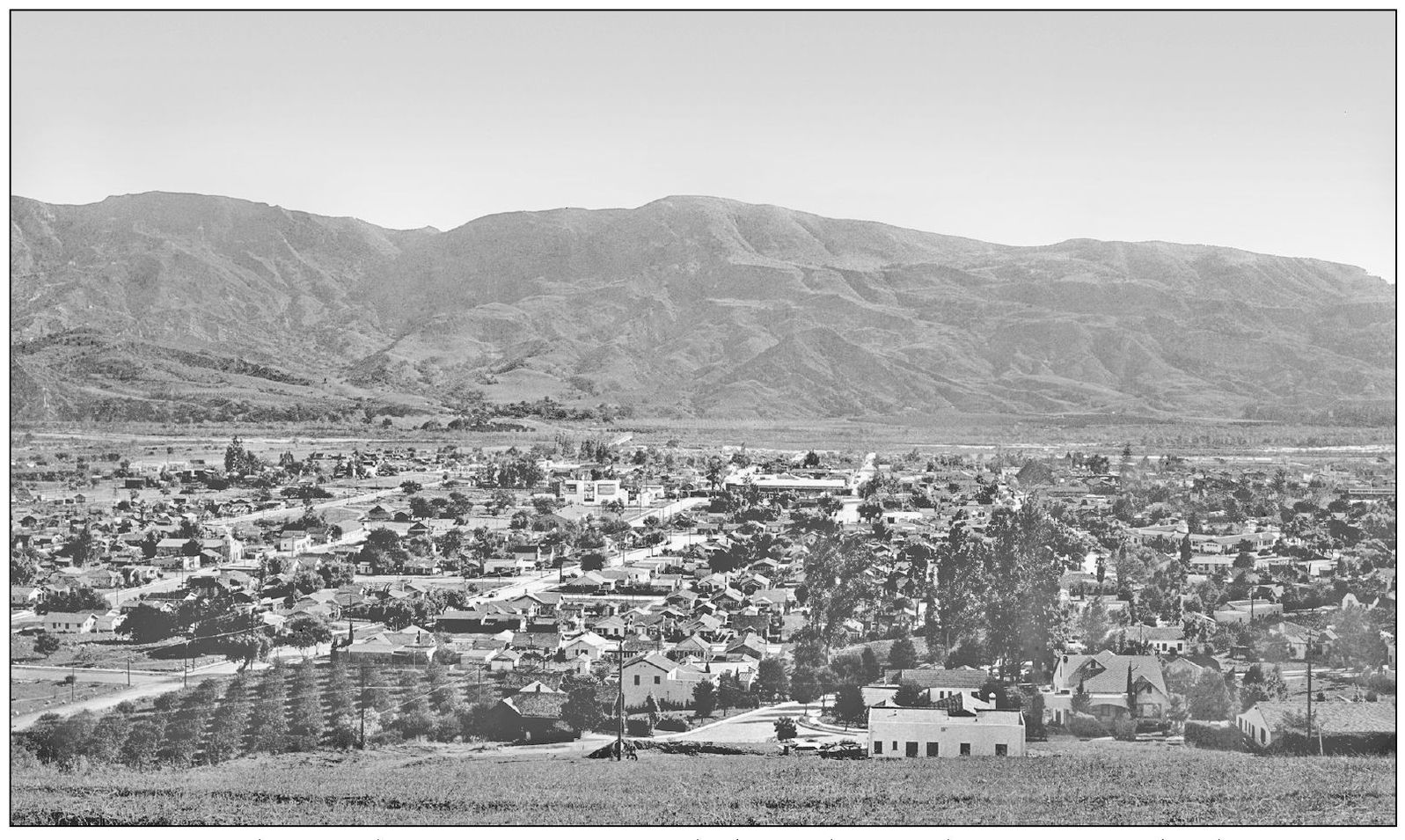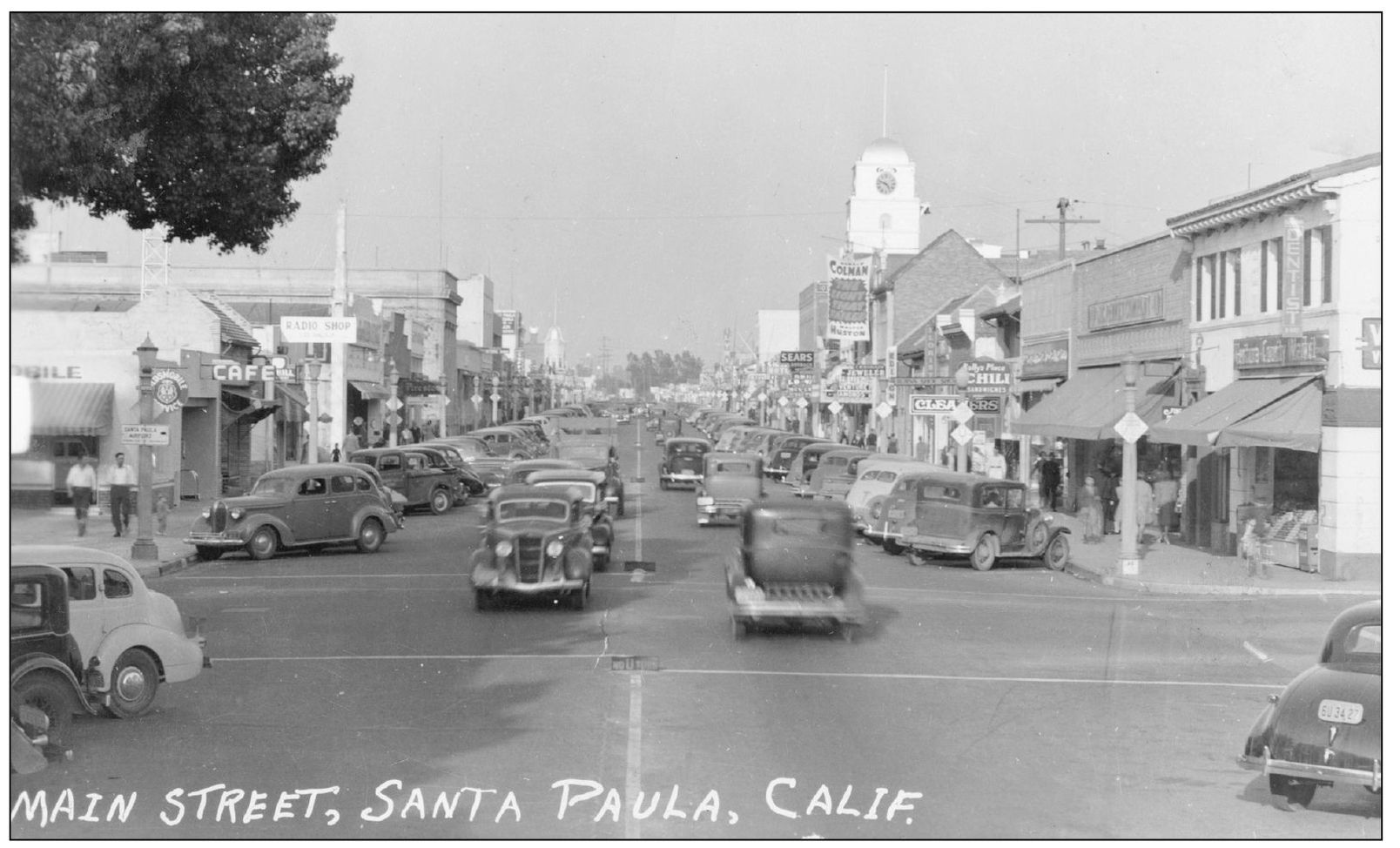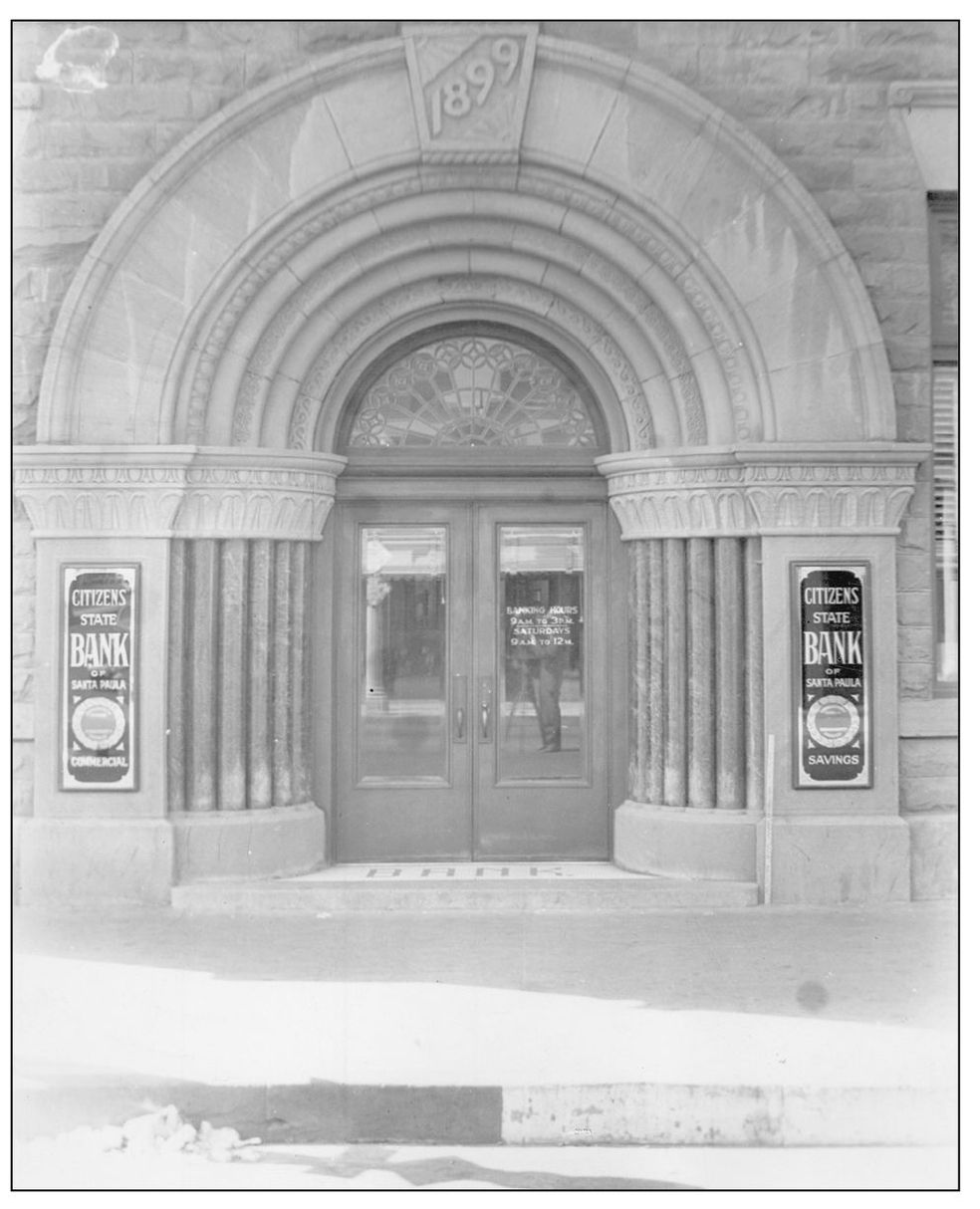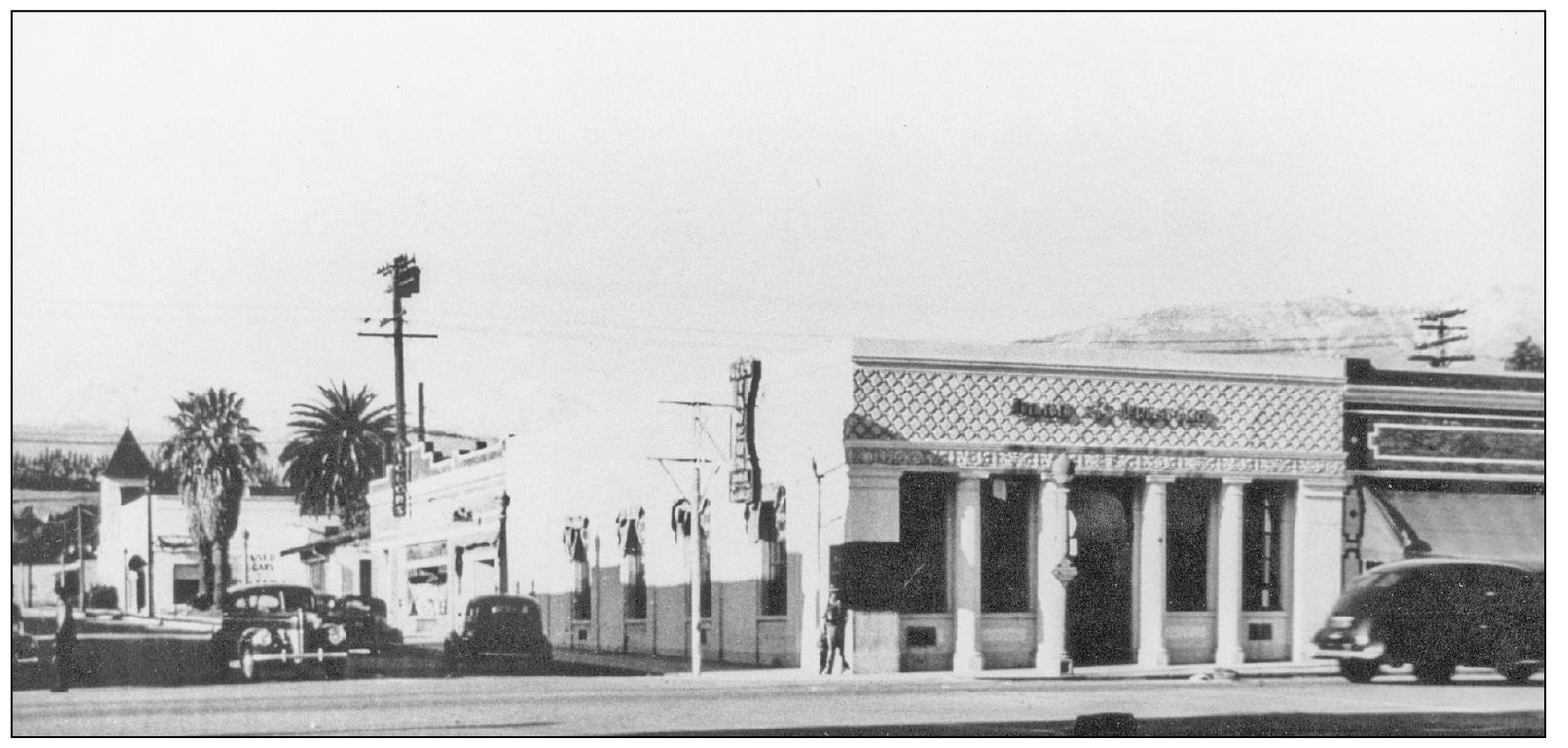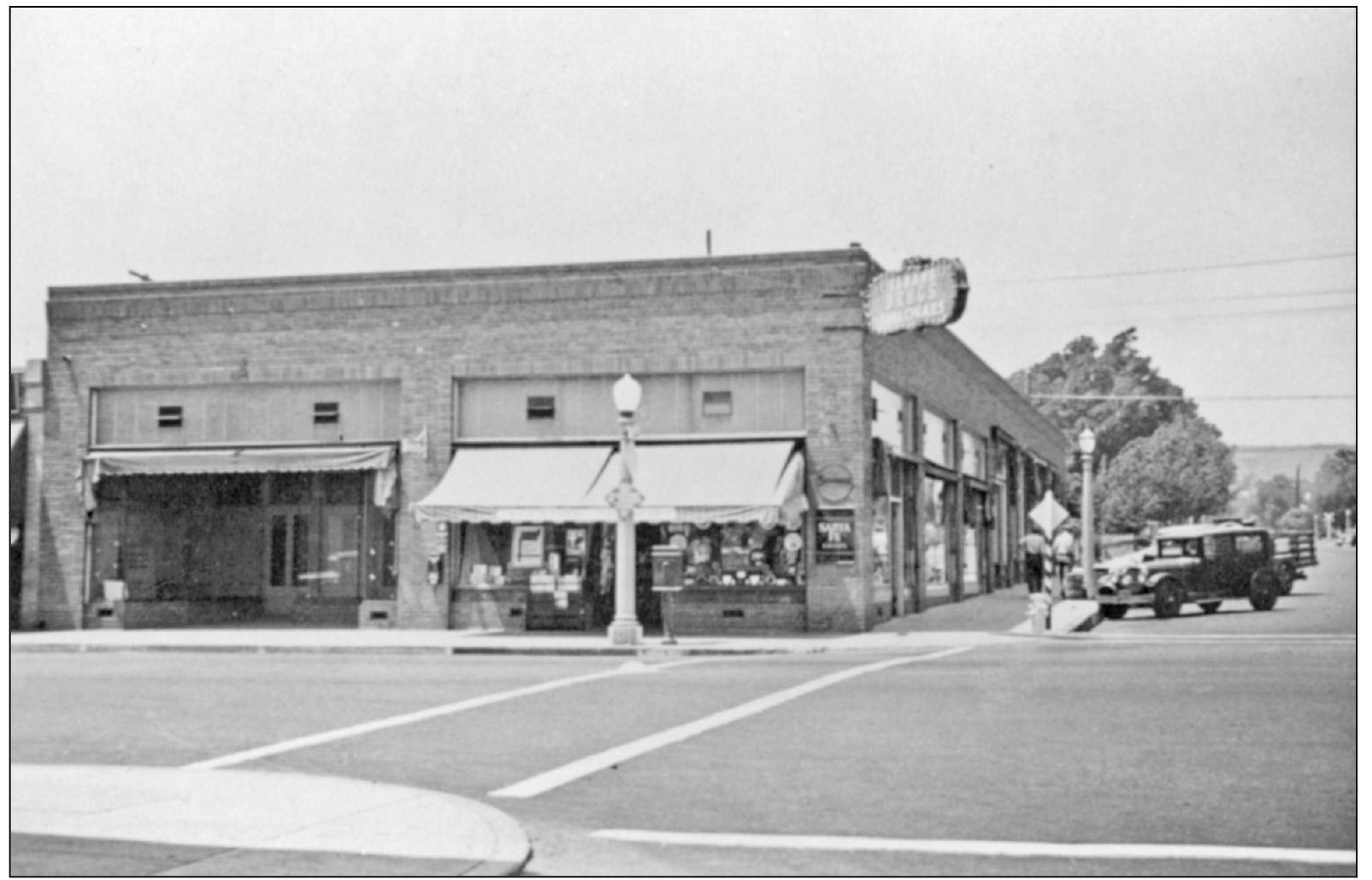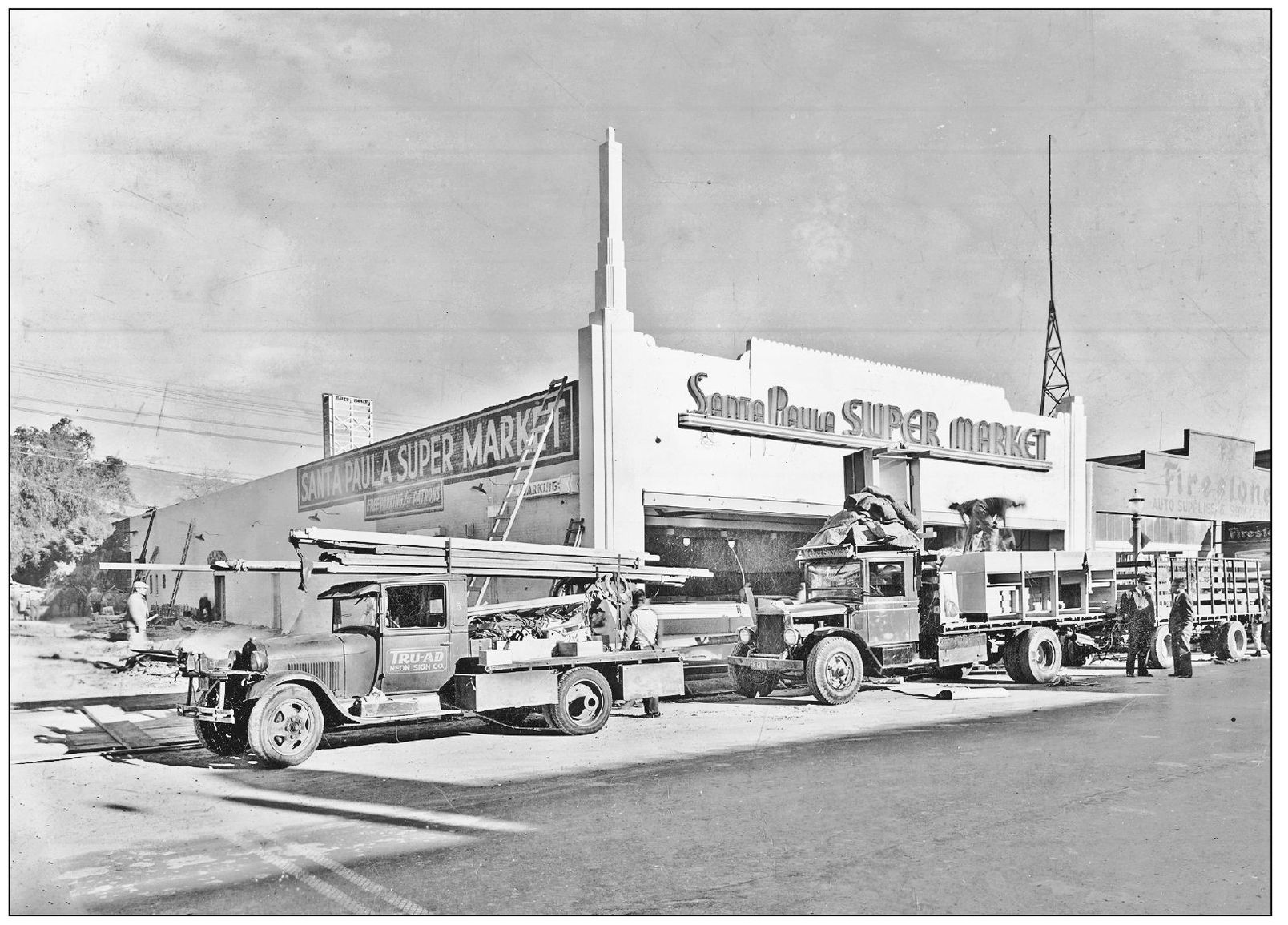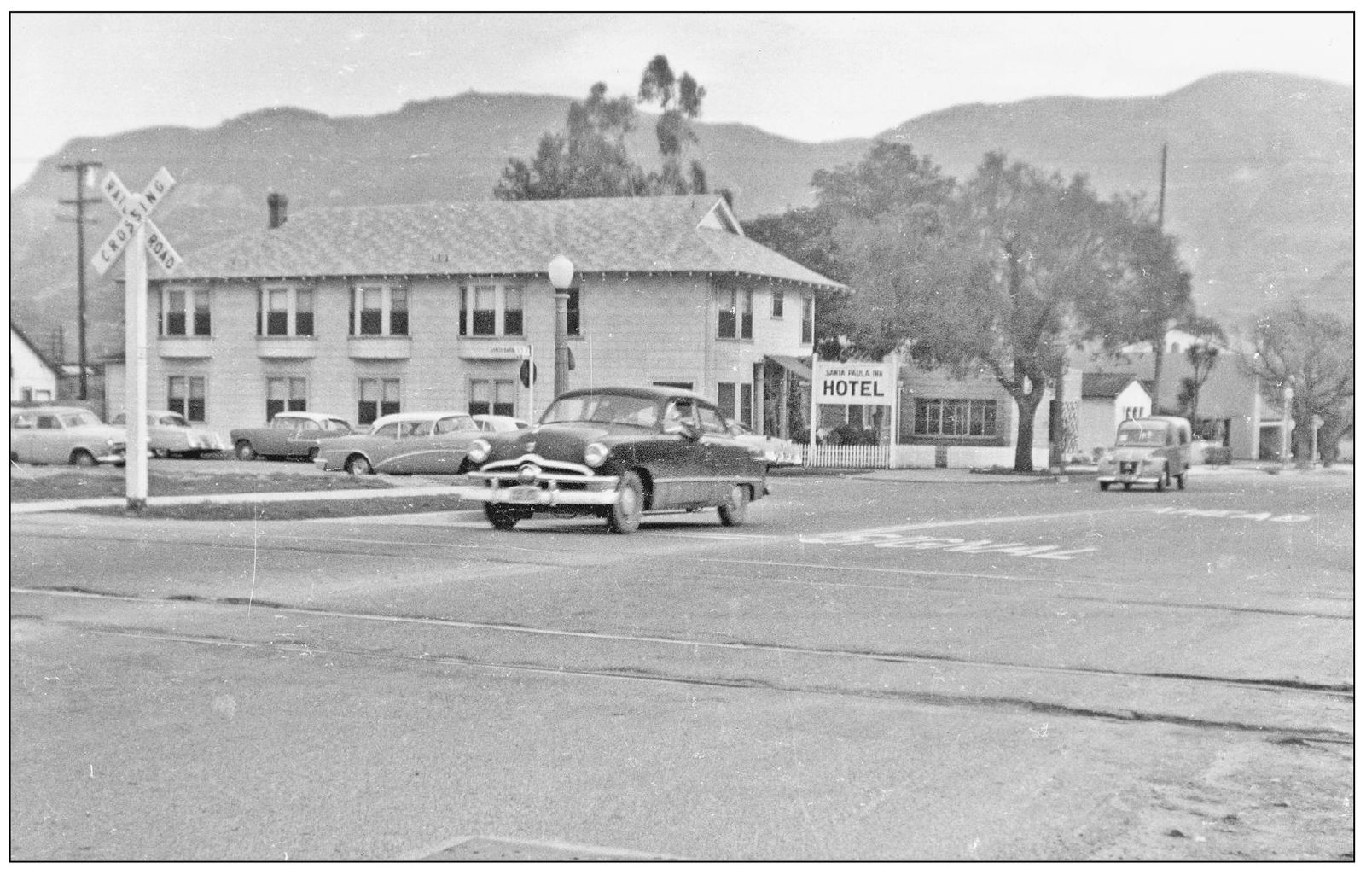ACKNOWLEDGMENTS
Credit goes to Arcadia Publishing for encouraging me to write this sequel, for without it there would have been no way to illustrate, through pictures and through captions, the important part that Mexican immigrants and Americans of Mexican descent played in the further development of Santa Paula. Even though the books content was limited by the quality and quantity of photographs loaned, I hope that those presented are sufficient to show that the citys continued achievements reflected the contributions of all of its citizens.
Recently the Blanchard Community Library and the Santa Paula Historical Society jointly funded the transferring of over 100 years of Santa Paula Chronicles to a digitized format. This was a timely modernization that eased the tedium of researching specific news items more than words can tell.
The public solicitation for family pictures resulted in nearly 1,000 images from over 100 contributorsunfortunately, too many to list individually. However, those images not used are to be archived in the Santa Paula Historical Societys impressive historic photograph collection for future use and as research resources. One person, who is also one very good friend, I must acknowledge by name is Angela Huerta Preciado Dominguez. Without her pushing and prodding of family and friends, the books interest and diversity would be severely lacking. Thanks also to Officer Carlos Juarez for securing unique photographs from the Santa Paula Police Departments records.
As always, I am grateful to my older brother Bill Orcutt for his input and editing; my youngest daughter, Anne Henderson, for her invaluable assistance in collating the photographs and captions into the final product; and to my excellent scan man, Les Amman, for again giving the pictures premium attention for minimum remuneration.
In conclusion, the author expresses appreciation to all who shared their photographs, offered their historic tidbits or personal anecdotes to add to the captions, and provided expressions of encouragement. It has been a most interesting and rewarding experience.
Find more books like this at
www.imagesofamerica.com
Search for your hometown history, your old
stomping grounds, and even your favorite sports team.
One
MAIN STREET 1930S
SANTA PAULA. The population was 7,395 exactly (according to the 1930 census). There were 11 churches of various denominations, one day nursery, three grammar schools, one junior high, and one Union High School. Industries included seven fruit and nut packinghouses, one lima bean warehouse, several automobile agencies, Union Oil of California, plus a half-dozen independent petroleum companies and one small oil refinery. Main Streets central business core ran from Eighth to Eleventh Streets and offered everything from antimacassars to zippers. Among the prominent public buildings were city hall, County Agricultural Commissioners Office, Ebell Clubhouse, Glen Tavern Hotel, the library, and the Southern Pacific Depot. Though no longer on the main line, both freight and passenger trains were as regular as clockwork. This photograph was taken from McKevett Heights Hill. (Photograph courtesy of John Nichols Gallery.)
MAIN AND EIGHTH STREETS INTERSECTION. Were one able to climb to the same height today and look eastward, too, there would be no significant difference in the buildings themselves. Just built is the two-story structure on the right known as the H. I. Q. Brown Building. A Roy Wilson design, the first floor housed a grocery, with the primary occupant of the second floor being Dr. Brown and his dental offices.
CITIZENS STATE BANK. In 1937, the Main Street landmark received its first and only face-lift. While the original building materials were masked, local architect Bob Raymond fortunately preserved this original arched entryway of locally quarried Sespe brownstone, which was complemented by the slender columns of green Catalina Serpentine. Also preserved was the institutions public statement: Community owned, community minded.
BANK OF AMERICA. Located on the opposite corner of Citizens State Bank, this institutions name reflected the recent merger of the Bank of America of California with the Bank of Italy. The new bank assumed building, employees, and customers of the previous occupant.
THE FINAL PIECE. Sited on the primary intersection of Main and Tenth Streets, the completion of this building marked the removal of the last wooden structure along the main thoroughfare. The original occupant was C. C. Ruperts place of business, which offered stationery, office supplies, pictures, paintings, framing, and once-a-week art lessons. (Photograph courtesy of John Nichols Gallery.)
MAJOR RESTORATION. In the mid-1930s, the old Fulwielers Garage on Main Street was transformed into an up-to-date grocery. The term super on the sign meant that various departments were consolidated into one store so that the lady of the house need only to stop and shop here for all her cooking requirements. Owner George Pezold was an avid promoter of his grocery and his city.
WARREN KING BUILDING. A Main Street fire destroyed four businesses, one of which belonged to fire chief Warren King and which was one of the first to be reopened, refurbished, and restocked. In appreciation of his volunteer fire department, he held a special Firemens Ball with a 12-piece orchestra and a hardwood floor for dancing. The motto Where quality is higher than price guaranteed the furniture stores popularity.
SANTA PAULA INN HOTEL. Although the photograph dates later, the venerable lodging dates to the early 1900s. Catty-corner to the depot, it had a clientele that tended toward the working class. An advertisement from the 1930s declared it was clean, restful and homelike, hot and cold running water, too!

